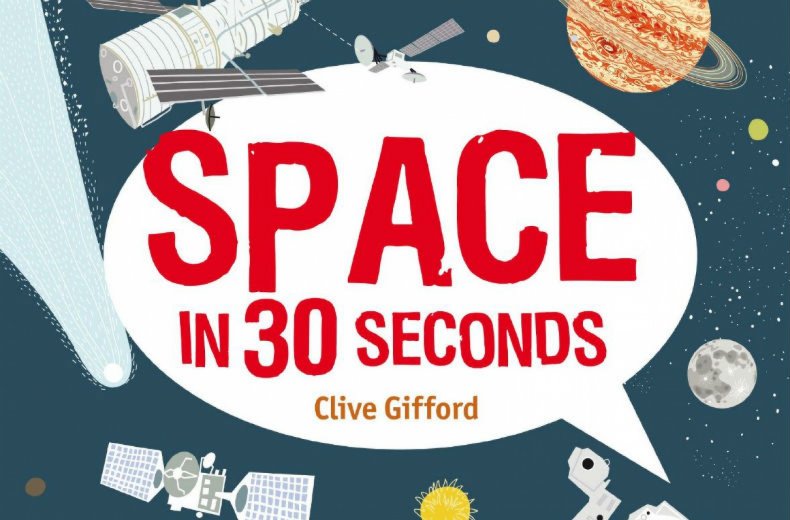
2nd June 2014 < Back
The team behind Space in 30 Seconds share their top 10 spectacular space facts!
1) The Universe is 13,700 million years old
2) Scientists who study the Universe believe in a theory called the Big Bang to explain how the Universe was formed. The Big Bang wasn’t an explosion. It was an unbelievably sudden expansion out of a single point.
3) The universe is still expanding! And it is speeding up all the time.
4) Within 3 seconds of the Big Bang, the three simplest elements had formed: hydrogen, helium and lithium. The earliest stars formed between 50 and 150 million years later, followed by galaxies. Around 9 billion years after the Big Bang, the Solar System and Earth were created.
5) The universe is so huge that special units of measurement are needed; these are called light years. 1 light year is 6 trillion miles away!
6) Stars are formed from huge clouds of dust and gas called nebulae. The closest nebula to Earth is 1,340 light years away (141,000,000,000,000 miles!).
7) Stars vary in size, temperature and how bright they appear from Earth. The Sun is a pretty average-sized star. Some are smaller; others are far larger. Betelgeuse (betel-jooz), in the Orion constellation, is a gigantic star. If Betelgeuse replaced our Sun, its outer surface would extend out as far as the orbit of Jupiter!
8) Mercury is the closest planet to the Sun and is the smallest planet in our Solar System. Mercury’s orbit around the Sun takes just 88 Earth days to complete so its year is a quarter of the length of Earth’s.
9) Earth lies an average of 149,597,870.7 km (92,955,807 miles) from the Sun. Surrounding the planet, and protecting it from many of the Sun’s harmful rays, is the Earth’s atmosphere. The atmosphere keeps Earth’s surface warm and enables life to function.
10) To view space from Earth we use a telescope sent out into space but the image can take many millions or billions of years to travel from distant stars and galaxies to Earth. This means that the view we get of a distant object is a history lesson. It shows the object as it was millions or billions of years earlier.

